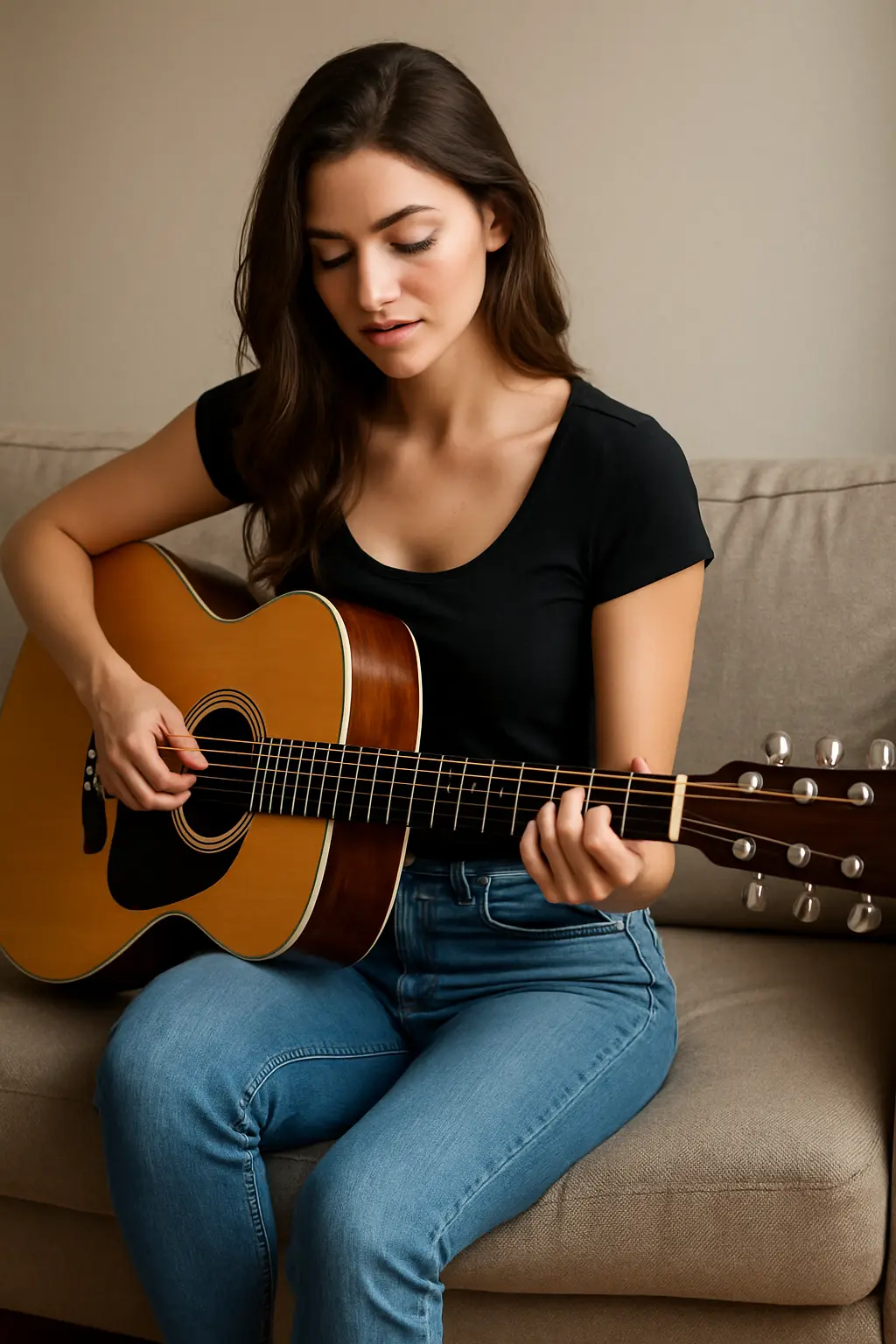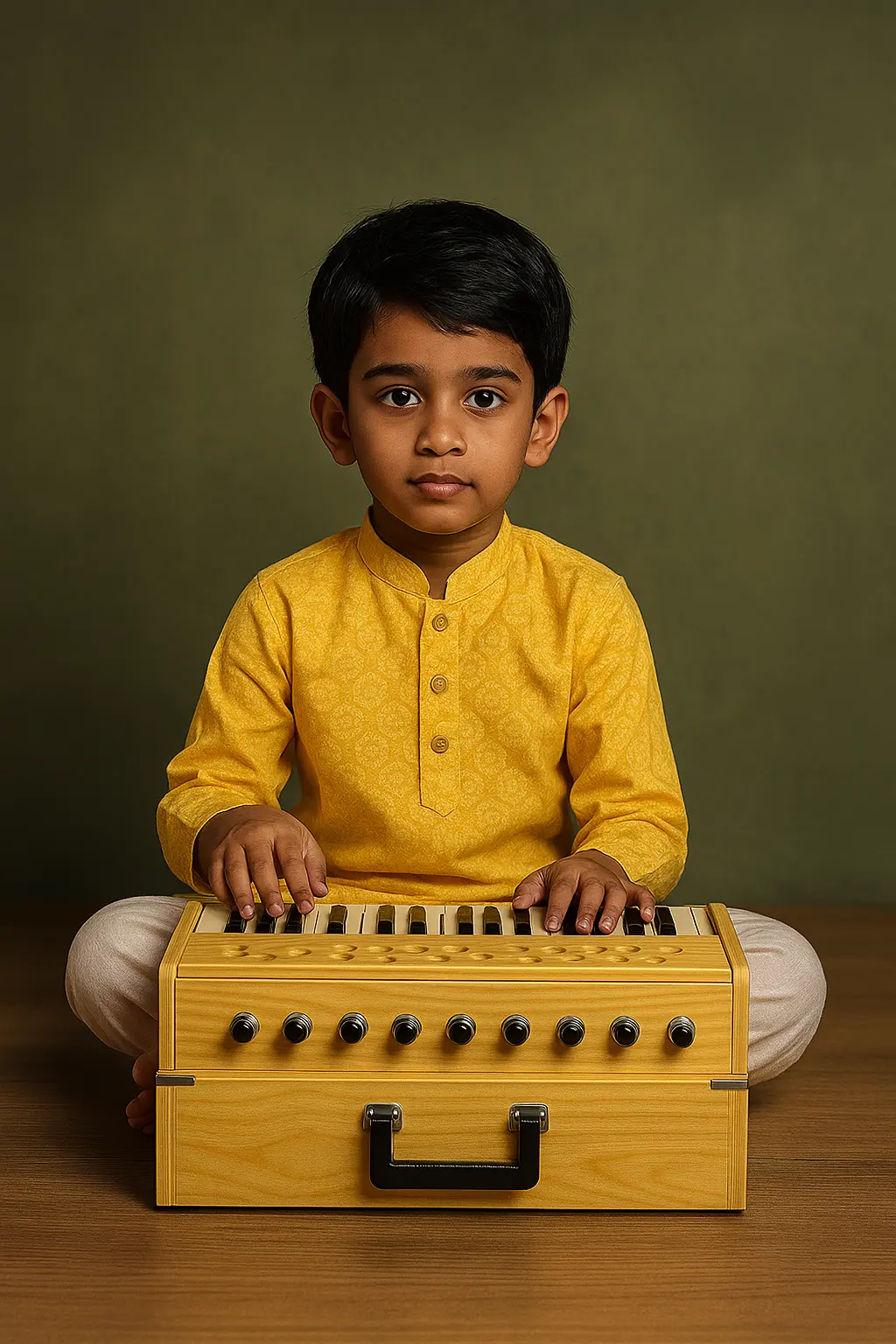By: Jitendra Gautam
In every competition — be it sports, debates, or dance performances — transparency is considered a core value.
But when it comes to music competitions, do we really see the transparency we expect?
🎤 The Current State of Music Competitions
Whether it's inter-school, college, or university level — the process looks nearly identical:
- 10 to 15 participants perform
- Judges sit on stage and write something during each performance
-
Suddenly, the results are announced:
“First, Second, Third... and maybe a few consolation prizes.”
But what about the other 11 contestants?
They receive no feedback, no idea where they ranked — 4th or 14th?
🤯 Ignoring the Mental Impact
A student who practiced for hours, performed with heart, gets no clue about:
- Was the pitch off?
- Was the rhythm incorrect?
- Was the presentation weak?
- Was the group out of sync?
This often leads to disappointment, distrust, and even detachment from music itself.
📝 Where is the Transparency in Judgement?
In many cases, the judges leave the venue, and results are announced later.
Some institutions even upload results on the website 2–4 days afterward.
So the question is:
- Are those the same results the judges finalized?
- Has any judgement sheet ever been made public?
📊 Why Compare It to Sports?
In sports, the moment there's a foul, the whistle blows
— there's a replay,
— and everyone clearly understands what went wrong.
Why can’t music competitions be the same?
- If someone messes up an “alaap” (melodic intro), most audience members can’t tell
- If rhythm slips, only a few trained ears catch it
- How were harmony, composition, taan, or expression evaluated? — No one knows
🇮🇳 Why is AIU (Association of Indian Universities) Silent?
The National Youth Festival, conducted by AIU, is the highest cultural platform in India.
But has anyone ever asked:
- Do judges have the right evaluation parameters?
- Does the judgment sheet include only “Sur”, “Taal”, and “Overall impression”?
-
Why aren’t there specific columns for:
Taan, Harmony, Composition, Symphony?
🎙️ Western Music — A Neglected Section
AIU’s Zonal and National Youth Festivals include events like Western Group Song and Western Solo Singing.
But has AIU ever ensured:
- That the judges actually understand English?
- That they know the various styles in Western music?
- Do they understand the difference between Opera and Symphony?
This is a national-level event, not just any local show — why such negligence?
💻 Online Competitions — A Compromise or a Strategy?
During COVID, online competitions were a necessity.
But even today, many institutions:
- Judge performances via video submissions, without live stages
- Issue only E-Certificates
- Post results days later on websites
So the question arises:
Is this a cost-cutting strategy?
Or a data-collection tactic?
🙏 What Needs to Change?
With 35 years of experience, I can confidently say:
Until we, the music lovers, raise our voices,
transparency in music competitions will remain just a dream.
It’s our duty to demand:
✅ Clear, standardized evaluation parameters
✅ Public judgment sheets
✅ Separate scoring columns for:
Sur (Pitch), Taal (Rhythm), Taan (Ornamentation), Harmony, Expression, Composition
✅ Verified, qualified judges — especially for Western music
✅ Encourage offline competitions wherever possible
✊ Let’s Begin the Change
If you resonate with this thought, share it.
Justice in music is just as essential as applause.
Let's ensure music competitions honor both sound and fairness.
✍️ Written by: Jitendra Gautam
🎼 Justice in Sound is essential — not just the sound of claps.https://www.deckm.in/blog/blog-1/part-2-my-musical-journey-and-the-discrimination-between-subjects-in-schools-13


